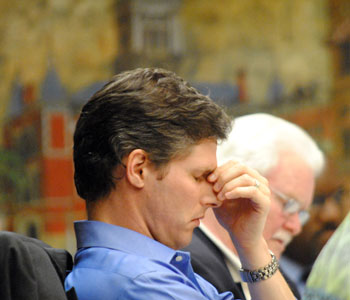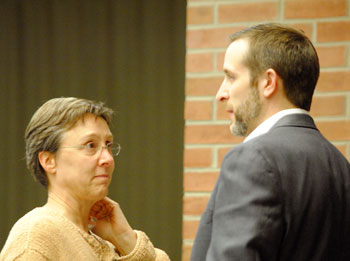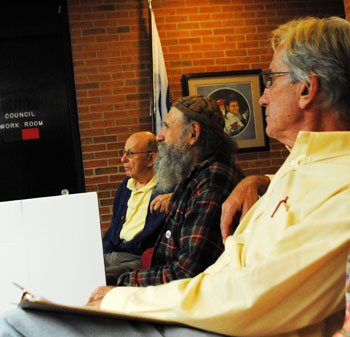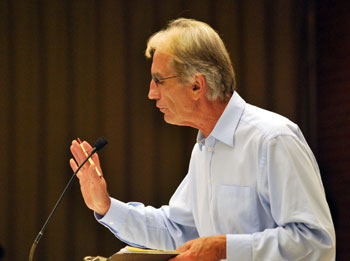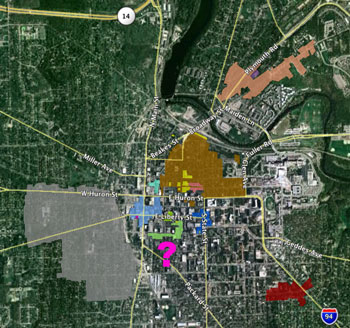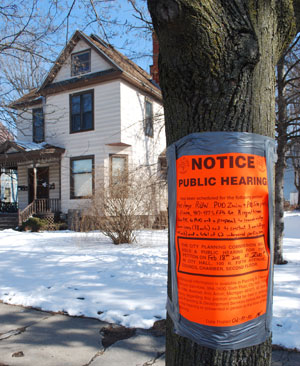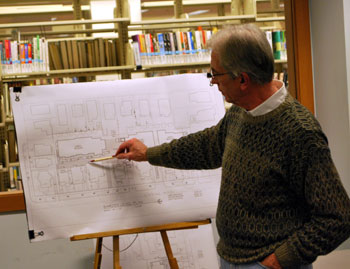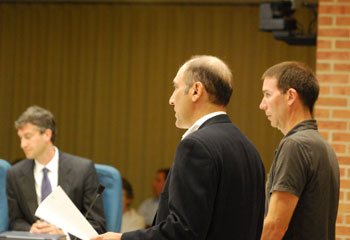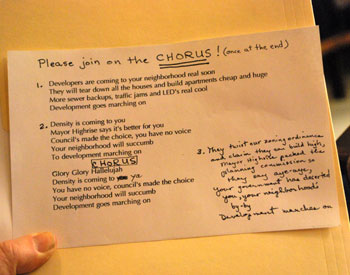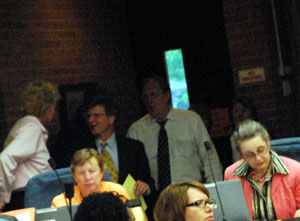Municipal Math: How Tall Is the Schoolhouse?
Today marks the first day of classes for students in the Ann Arbor Public Schools and many other local districts.
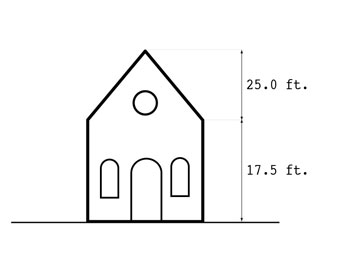
Figure 1. How tall is the schoolhouse? Note that the drawing is intentionally not to scale. Also note that the definition of “height” in Ann Arbor’s zoning code requires not just performing a sum of two numbers, but also a division.
So I’m taking advantage of the occasion to launch an occasional series that is meant to present math puzzles I’ve stumbled over “in the wild,” in the course of covering local government. It will appear only as time allows, so this could very well be the only installment of the series.
The puzzles are meant to be accessible to kids in high school, junior high, or elementary school – so for many Chronicle readers, they will be trivial.
But these puzzles might offer readers’ children a chance to apply what they’ve learned in math class to an actual, authentic real-life example – drawn from the municipal workings of the city in which they live.
Today’s puzzle has a geometric flavor. The basic question: How tall is the schoolhouse in Figure 1?
First, let’s please agree not to argue about the quality of the drawing. I admit that it may look more like a church than a schoolhouse. I took as my starting point a photograph included in a recent piece by local history columnist Laura Bien.
The drawing is not Laura’s fault, of course. The drawing differs from that photo in many ways. For example, the drawing lacks a belfry and an American flag on the roof. I left them out, because they make the math puzzle more complicated than necessary.
Another reason I left them out: The real-world example – on which the puzzle is based – was not a schoolhouse. I chose a schoolhouse for the drawing just to honor today as the first day of school. The real world-example is a two-building apartment complex called City Place, located on South Fifth Avenue, just south of William Street. [Full Story]




